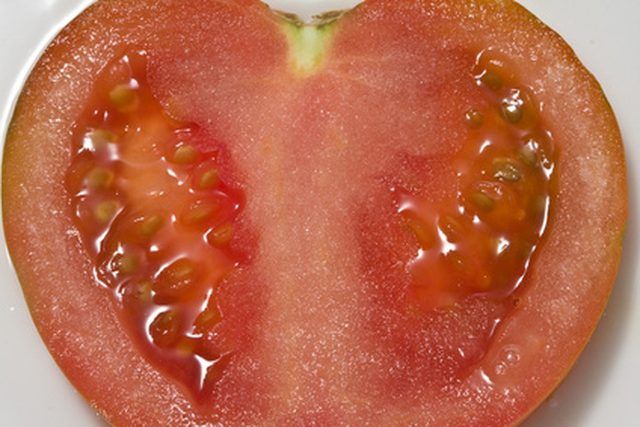Bulbs
Flower Basics
Flower Beds & Specialty Gardens
Flower Garden
Garden Furniture
Garden Gnomes
Garden Seeds
Garden Sheds
Garden Statues
Garden Tools & Supplies
Gardening Basics
Green & Organic
Groundcovers & Vines
Growing Annuals
Growing Basil
Growing Beans
Growing Berries
Growing Blueberries
Growing Cactus
Growing Corn
Growing Cotton
Growing Edibles
Growing Flowers
Growing Garlic
Growing Grapes
Growing Grass
Growing Herbs
Growing Jasmine
Growing Mint
Growing Mushrooms
Orchids
Growing Peanuts
Growing Perennials
Growing Plants
Growing Rosemary
Growing Roses
Growing Strawberries
Growing Sunflowers
Growing Thyme
Growing Tomatoes
Growing Tulips
Growing Vegetables
Herb Basics
Herb Garden
Indoor Growing
Landscaping Basics
Landscaping Patios
Landscaping Plants
Landscaping Shrubs
Landscaping Trees
Landscaping Walks & Pathways
Lawn Basics
Lawn Maintenance
Lawn Mowers
Lawn Ornaments
Lawn Planting
Lawn Tools
Outdoor Growing
Overall Landscape Planning
Pests, Weeds & Problems
Plant Basics
Rock Garden
Rose Garden
Shrubs
Soil
Specialty Gardens
Trees
Vegetable Garden
Yard Maintenance
How to Save Tomato Seeds for Next Year
How to Save Tomato Seeds for Next Year. Healthy tomato plants that produce flavorful tomatoes and resist diseases can be grown the following year by harvesting and drying the tomato seeds. It's not hard to do, but you can only save seeds from non-hybrid and heirloom tomato plants. Seeds from hybrid tomatoes will not breed true, and often they will...

Healthy tomato plants that produce flavorful tomatoes and resist diseases can be grown the following year by harvesting and drying the tomato seeds. It's not hard to do, but you can only save seeds from non-hybrid and heirloom tomato plants. Seeds from hybrid tomatoes will not breed true, and often they will be sterile. Most tomatoes sold at grocery stores are hybrids, but heirloom tomatoes are showing up more often. They can also be found at farmers markets.
Things You'll Need
Sharp knife
3 to 4 5 oz. cups
Water
Spoon
Mesh strainer
Paper plate
Airtight container
Wash the outside of a fully ripe tomato with warm water. Cut the tomato across the middle with a sharp knife.
Squeeze the pulp out into three or four 5 oz. cups. Place the cups outdoors in a shady location or indoors in a location where you will not have to deal with the smell.
Examine the pulp daily to check for white mold. Add water to keep the pulp moist if it appears to be drying out.
Once the mold forms, you can begin harvesting the seeds to store them.
Fill the cups full with water. Throw away any seeds that float.
Rinse the good seeds off with water using a mesh strainer. Be sure to rinse off all the pulp.
Place the tomato seeds onto a paper plate in a single layer. Place the plate in a shady location until the seeds dry completely, stirring occasionally with a spoon. They are dry when they no longer stick to each other.
Store the dried tomato seeds in an airtight container. Place the container in a dark and cool location.
Tips & Warnings
Label the seeds if you are drying different varieties so that you do not mix them up.